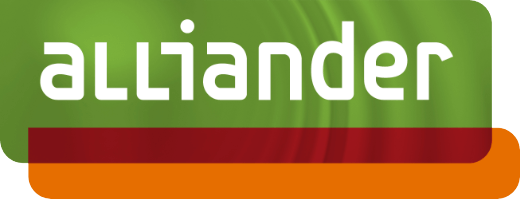Downloads
2023
- pdf Alliander Jaarverslag 2023
- pdf Alliander Annual Report 2023
- pdf Alliander Halfjaarbericht 2023
- pdf Alliander Half Year Report 2023
2022
- pdf Alliander Jaarverslag 2022
- pdf Alliander Annual Report 2022
- pdf Alliander Halfjaarbericht 2022
- pdf Alliander Half Year Report 2022
2021
- pdf Alliander Jaarverslag 2021
- zip Alliander ESEF Jaarverslag 2021 (Officiële deponering)
- pdf Alliander Annual Report 2021
- pdf Alliander halfjaarbericht 2021
- pdf Alliander Half Year Report 2021
2020
- pdf Alliander Jaarverslag 2020
- pdf Alliander Annual Report 2020
- pdf Alliander Halfjaarbericht 2020
- pdf Alliander Half Year Report 2020
- pdf Alliander Jaarplan 2020
2019
- pdf Alliander Jaarverslag 2019
- pdf Alliander Annual Report 2019
- pdf Alliander Halfjaarbericht 2019
- pdf Alliander Half Year Report 2019
- pdf Alliander Jaarplan 2019
2018
- pdf Alliander Jaarverslag 2018
- pdf Alliander Annual Report 2018
- pdf Alliander Halfjaarbericht 2018
- pdf Alliander Half Year Report 2018
- pdf Alliander Jaarplan 2018
2017
- pdf Alliander Jaarverslag 2017
- pdf Alliander Annual Report 2017
- pdf Alliander Halfjaarbericht 2017
- pdf Alliander Half Year Report 2017
- pdf Alliander Jaarplan 2017
2016
- pdf Alliander Jaarverslag 2016
- pdf Alliander Annual Report 2016
- pdf Alliander Jaarplan 2016
- pdf Alliander Halfjaarbericht 2016
- pdf Alliander Half Year Report 2016
2015
- pdf Alliander Jaarverslag 2015
- pdf Alliander Halfjaarbericht 2015
- pdf Alliander Half Year Report 2015
- pdf Alliander Annual Report 2015
- pdf Alliander Jaarplan 2015
